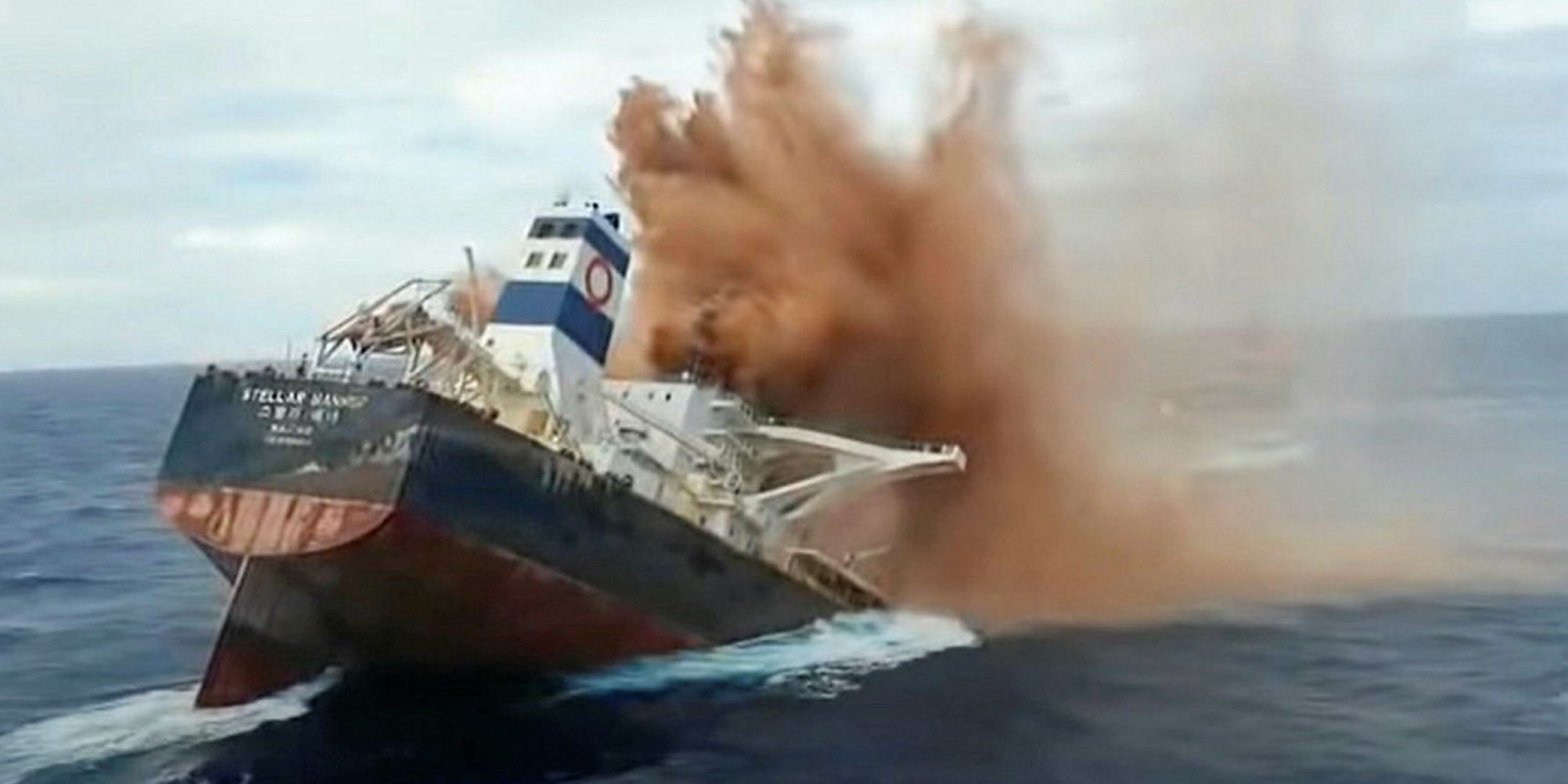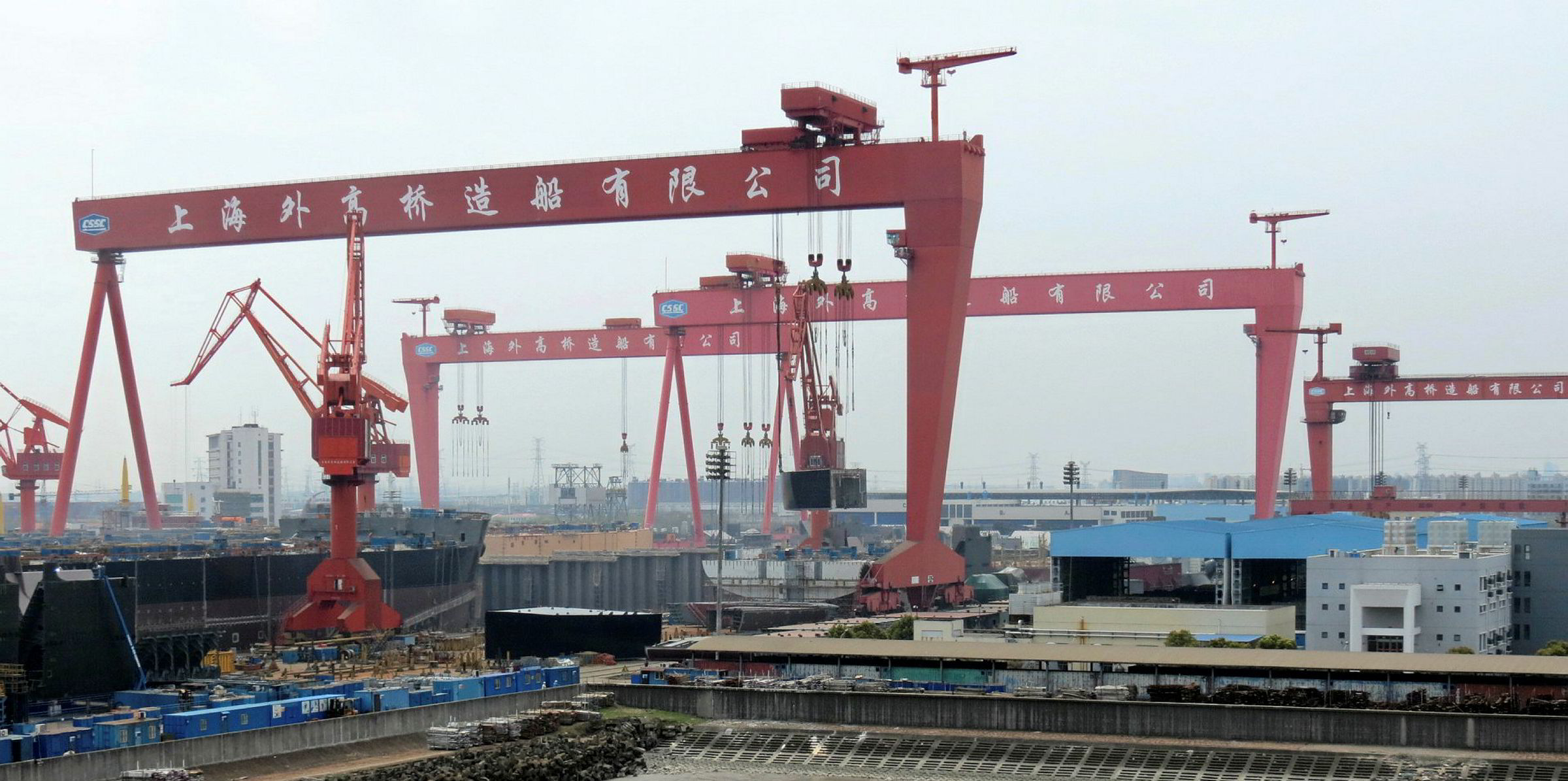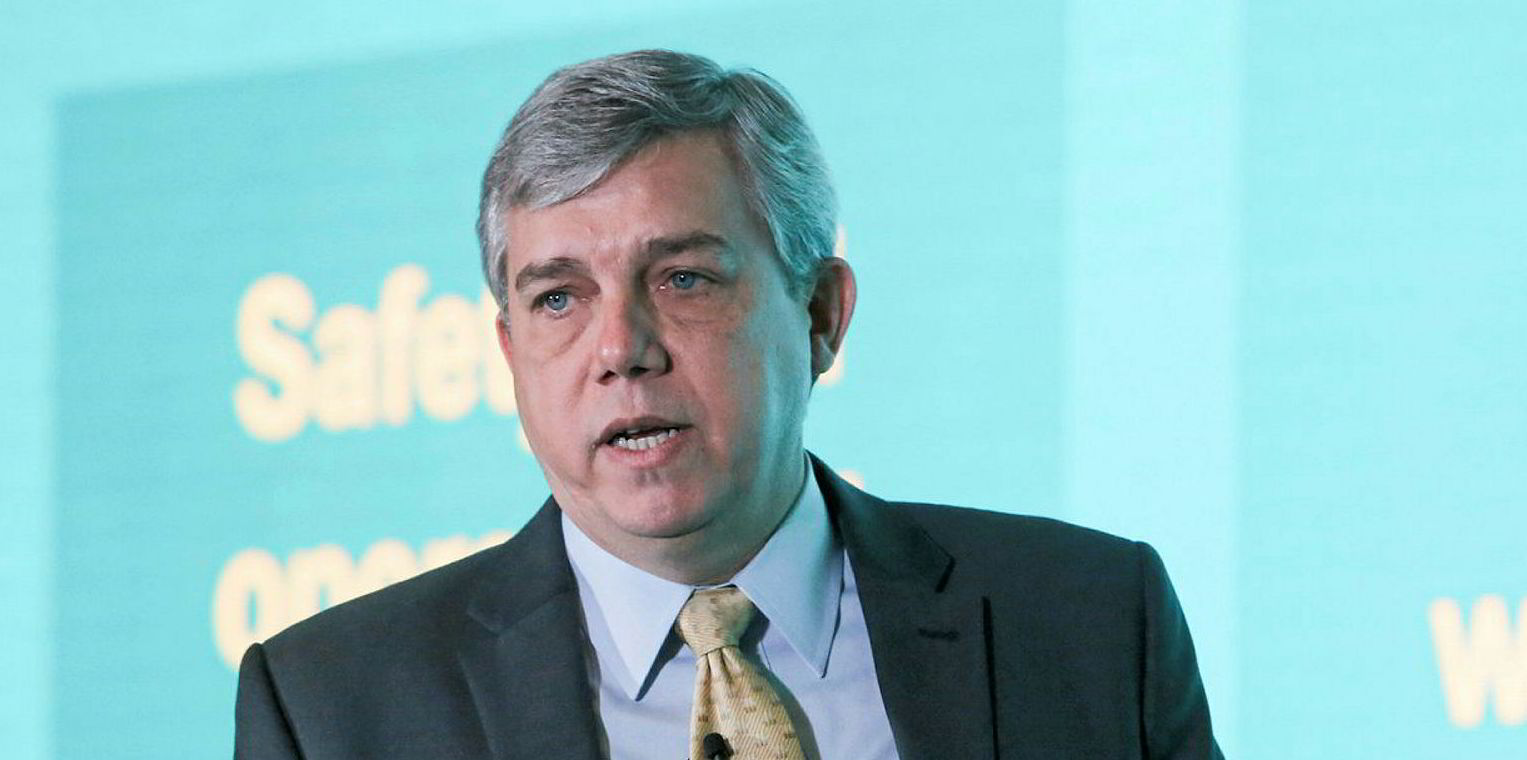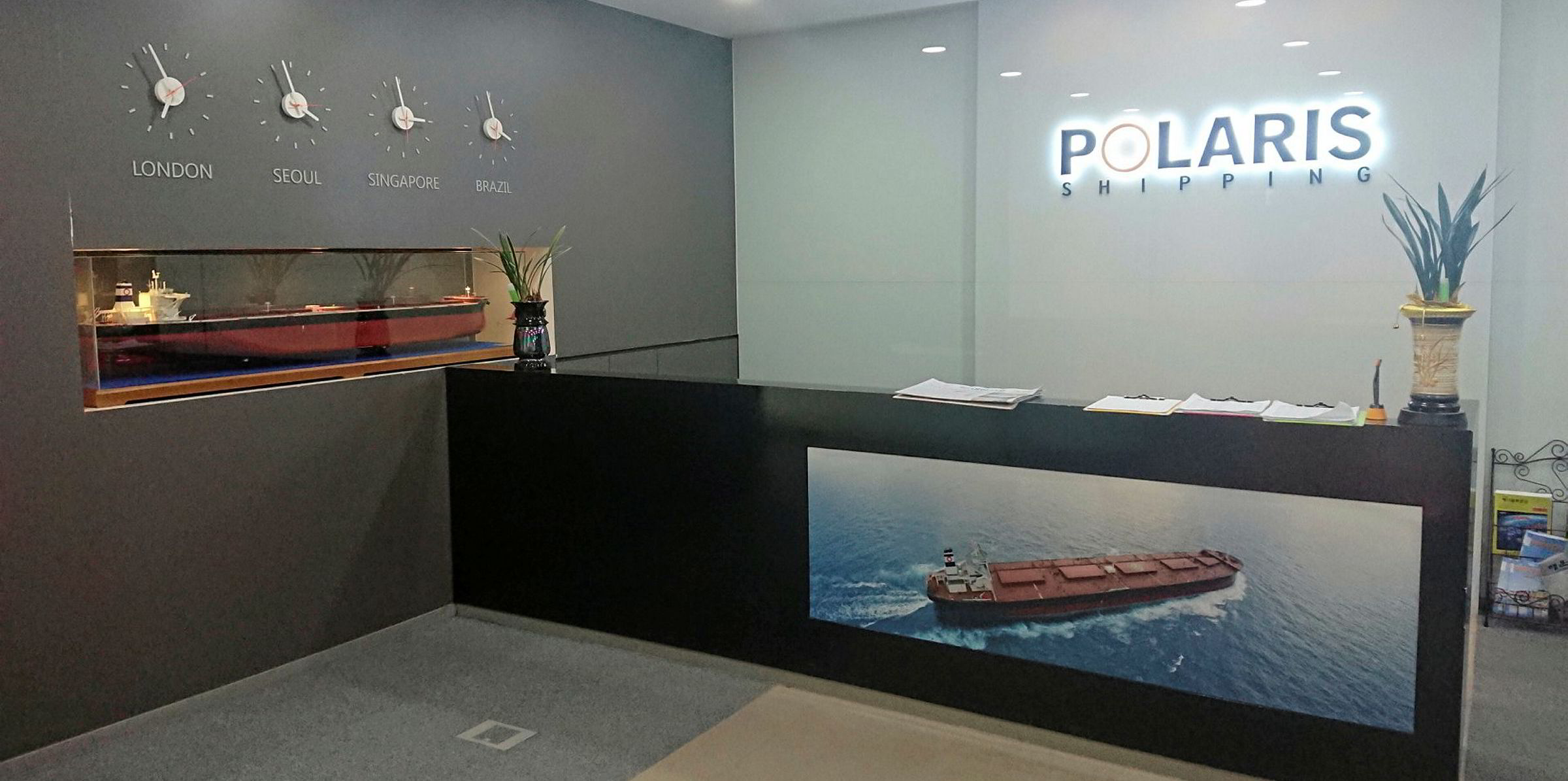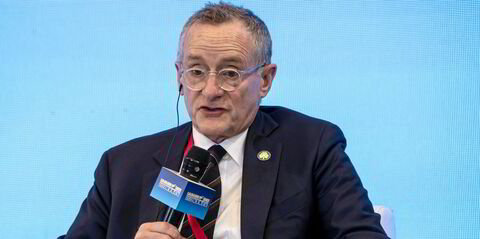Polaris Shipping is said to have sold five VLOC newbuildings to fellow South Korean owner H-Line.
Shipping market sources said the 325,000-dwt quintet, under construction at Hyundai Heavy Industries, is due for delivery between next month and April 2021. The transaction includes 25-year contracts of affreightment from Brazilian mining giant Vale.
The price of the ore carriers has not been disclosed, but Polaris was said to be paying around $75m per ship. It ordered them as part of its fleet renewal programme.
VesselsValue put the market value of the VLOCs at between $88.63m and $89.7m each, without a charter attached.
No surprise
Executives at H-Line and Polaris declined to comment.
Shipping players in South Korea said Polaris has been looking to boost its financial liquidity, and the sale of the newbuildings to H-Line did not come as a surprise.
“The recent grounding of the 300,000-dwt VLOC Stellar Banner [built 2016] and the coronavirus pandemic have cost the company some money,” a shipping source said. “It has bank loans to service and it needs cash to pay shipyards for newbuildings that are due for delivery this year.”
According to Clarksons’ Shipping Intelligence Network, Polaris has 14 ore carriers under construction in South Korea and China for delivery by 2022.
Half of them are lined up for delivery this year. HHI is due to deliver three 325,000-dwt vessels between August and December, while China's Shanghai Waigaoqiao Shipbuilding and New Times Shipbuilding will each deliver two ships of 210,000 dwt in the last quarter.
Polaris originally planned to raise $250m to $300m from a public listing on the Oslo exchange to finance some of the newbuildings.
'Limited impact'
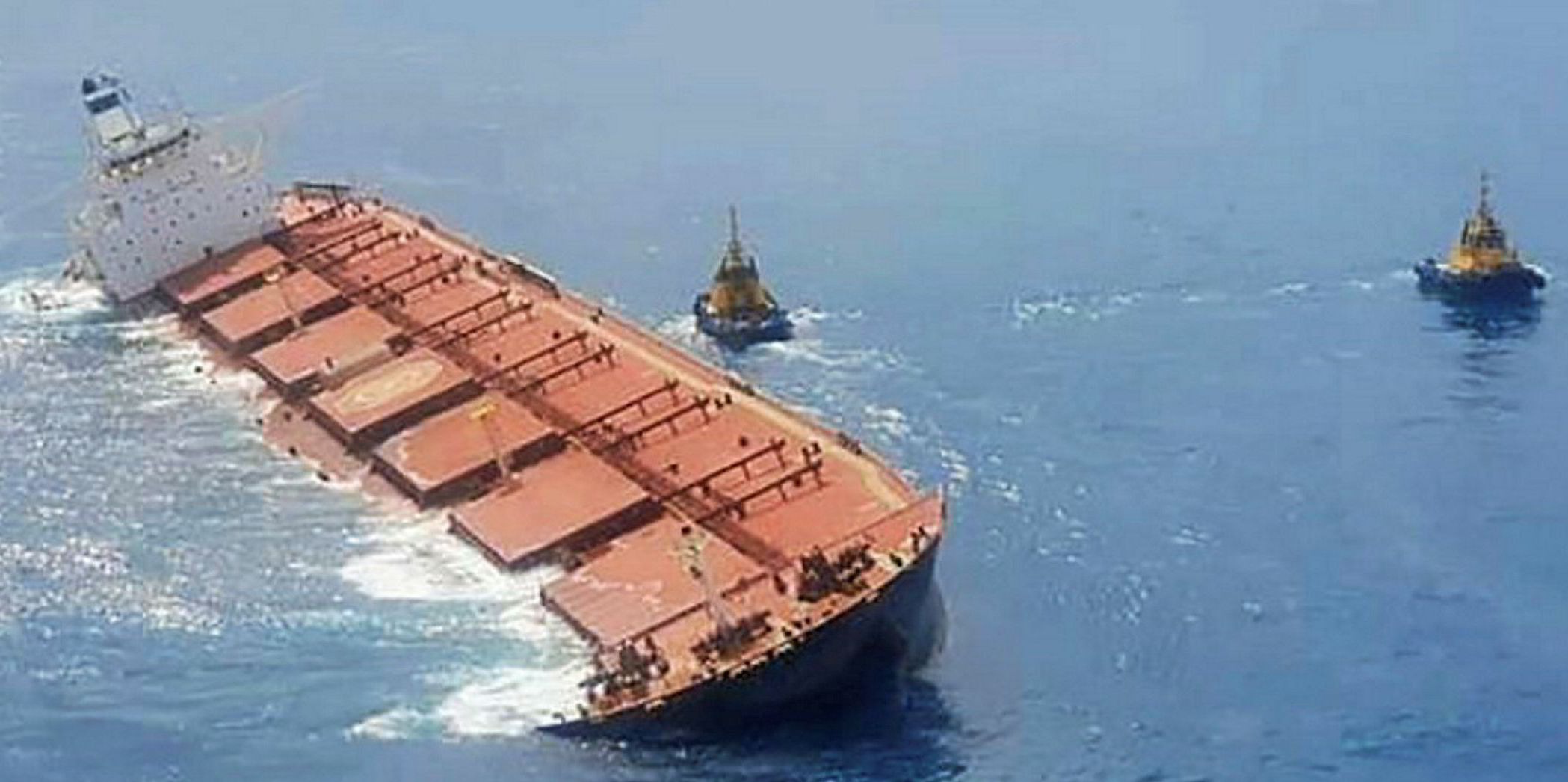
That was disrupted by a court case over the converted 266,100-dwt VLOC Stellar Daisy (built 1993), which sank off Uruguay, killing 22 of the 24 crew in March 2017, and the global outbreak of Covid-19. The initial public offering is said to have been postponed.
A source close to Polaris claimed that the vessel accidents did not put a strain on the company’s financial position, since they were fully covered by insurance, and its business is running as usual.
“While its financial statements in 2019 were affected by impairment losses due to retirement of converted VLOCs, it had limited impact on Polaris’ cash balance, as those losses were recognised as non-operating expenses in the book,” the source said.
Last month, Korea Investors Service downgraded Polaris’ corporate bond rating from BBB+ to BBB, which is still investment grade.
One shipping player said: “If it gets downgraded by another notch, the company would be viewed negatively by banks.
“There is a possibility that Polaris may be selling more than five vessels. It all depends on the banks. If [the banks] insist that loans are to be paid up, they may pressure Polaris to sell more newbuildings.”
Early this year, Polaris mapped out a plan to sell up to 10 converted ore carriers that were built in the early 1990s and replace them with chartered-in vessels and newbuildings that it has on order. The purpose was to comply with IMO 2020 and save on fuel costs.
According to VesselsValue, it has since sent five vessels to scrapyards in Bangladesh.
Last month, Polaris’ 300,000-dwt Stellar Banner (built 2016) was scuttled off the coast of Brazil. The Hyundai-built ore carrier was declared a constructive total loss after grounding 100km off Sao Luis in late February.
Polaris’ large VLOC fleet transports iron ore for Vale. It operates 27 ore carriers and seven capesize bulkers. It also owns a pair of LR2 tankers — the 110,000-dwt Polar Ace and Polar Bright (both built 2018) — that trade in Navig8’s Alpha8 tanker pool.
In January, Polaris was reported to have dived into the VLCC sector by paying $50m for the 320,000-dwt Madison Orca (ex-A Whale, built 2010) from Monarch Alternative Capital. It has been put into Navig8’s tanker pool for a year.
